Water damage can strike at any time. It can be from a burst pipe, a natural disaster, or even a simple leak.
When it happens, emergency water restoration becomes a necessity. This process involves removing the water, drying the area, and repairing any damage caused.
But what does this service cost?
The answer isn’t straightforward. The cost of emergency water restoration can vary greatly depending on several factors including the extent of the damage, the type of water involved, and the materials affected.
In this article, we aim to provide a thorough understanding of these costs.
By the end, you’ll have a clearer picture of what to expect when faced with the need for emergency water restoration.
The Importance of Emergency Water Restoration
Emergency water restoration plays a crucial role in mitigating damage following a water-related incident. Quick action is necessary to prevent further damage, like mold growth or structural issues. The sooner the restoration begins, the less severe the damage and costs will be.
Ignoring water damage can lead to serious consequences. Damaged walls, flooring, and ceilings can compromise a building’s safety. Additionally, stagnant water can create breeding grounds for bacteria and mold, posing health risks. Thus, timely intervention not only protects your property but ensures a healthy living environment.
Factors Influencing Emergency Water Restoration Costs
Understanding the various factors affecting emergency water restoration costs can help prepare you financially. Costs vary widely from multiple considerations specific to each situation. These factors can significantly impact the final price you pay.
Firstly, the type of water causing the damage is crucial. Contaminated water, like black or gray water, is more costly to remove than clean water. Technicians must use specialized equipment and procedures to handle it.
Another key factor is the affected area and the extent of damage. Larger spaces or areas with extensive damage may require more resources and labor. This naturally leads to higher costs.
The location also influences costs. Accessibility issues can complicate cleanup, increasing the price. If damage is in a remote area or hard-to-reach space, expect additional charges.
The list below summarizes the key factors affecting restoration costs:
- Type of water (clean, gray, black)
- Extent of damage
- Location and accessibility
- Duration of water exposure
- Need for structural repairs
Type and Category of Water Damage
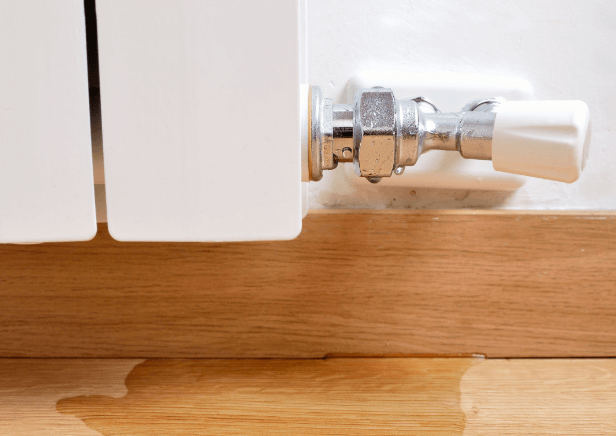
The type of water involved plays a significant role in determining restoration costs. Clean water comes from rain or leaky pipes and is less expensive. In contrast, gray water, from sources like dishwashers, requires more care due to potential contaminants.
The most severe is black water, which originates from sewage or flooding. Black water contains dangerous pathogens, requiring rigorous cleanup procedures. As a result, the cost of dealing with black water is considerably higher because of the need for specialized handling.
Extent and Location of Damage
The extent of water damage directly impacts restoration expenses. More extensive damage requires more resources, driving up costs. If a large section of your home is affected, you should expect a higher bill due to the increased labor and materials required.
Location is another vital aspect. If water damage occurs in hard-to-reach areas, such as basements or attics, it can increase costs. Access complications necessitate extra time and effort to complete the restoration safely and effectively.
Duration of Water Exposure and Secondary Damage
The longer water is left untreated, the more severe the damage becomes. Prolonged exposure can worsen structural damage, complicating the restoration process. Timely intervention is crucial to minimize the extent of damage and subsequent costs.
Secondary damage, such as mold growth, adds to restoration expenses. Mold can begin developing within 24-48 hours of water exposure, necessitating swift action. Addressing mold not only increases costs but also requires additional safety precautions for effective removal.
Average Cost Range for Emergency Water Restoration
The average costs for emergency water restoration can vary significantly based on several factors discussed earlier. On average, homeowners can expect to pay anywhere from a few hundred to several thousand dollars, depending on the situation’s complexity. For minor water damage, such as a small leak in a contained area, costs might stay at the lower end of the spectrum.
Conversely, if your property suffers from extensive flooding with contaminated water, expenses could soar. These scenarios often require comprehensive cleanup and repairs, significantly raising the cost. While specific costs will depend on individual cases, it’s wise to budget for the higher end, especially if dealing with severe or widespread damage. Understanding the potential financial impact can help you plan and make informed decisions promptly during an emergency.
Insurance Coverage and Water Restoration
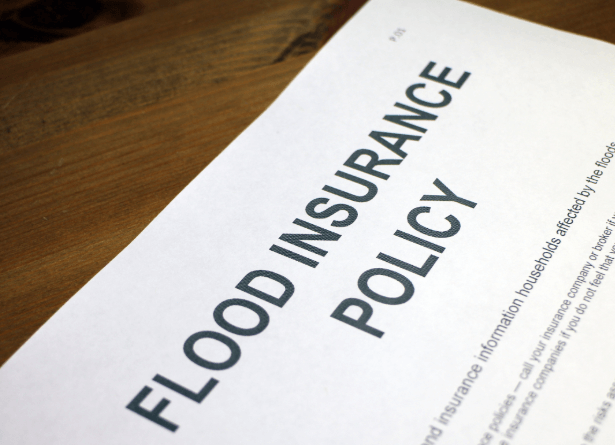
Home insurance policies often cover various water restoration costs, but coverage can vary greatly. The cause of the water damage plays a significant role in determining whether insurance will cover the restoration expenses. Typically, sudden and accidental damages, like those from burst pipes, are covered.
However, damage resulting from neglect or lack of maintenance usually isn’t covered. It’s crucial to read and understand your insurance policy details to know what’s included.
Promptly report any water damage to your insurer. This ensures smoother processing of claims and increases your chances of receiving the necessary financial assistance. Documenting all damage and repair activities can also expedite the claims process.
Choosing a Water Restoration Service Provider
Selecting the right water restoration service provider is crucial for effective damage control. Start by researching local companies that offer emergency services. A quick response is vital to minimize further damage.
It’s beneficial to gather multiple quotes and compare the services provided. Look for companies that offer a detailed assessment of the damage. Ensure they provide a clear plan for the restoration process. Checking reviews from previous customers can offer insights into their reliability and quality of work.
Assessing the Reputation and Experience
A company’s reputation and experience are key indicators of quality. Look for providers with certified professionals and a proven track record. Years of experience can signal expertise in handling various water damage situations effectively.
Understanding the Quoted Price
When reviewing quotes, ensure you understand what’s included in the pricing. Ask for a breakdown of costs, including materials, labor, and additional services. This can help avoid unexpected expenses. Also, inquire about potential extra charges for emergency or after-hours services.
Preventative Measures to Reduce Potential Costs
Preventative measures can significantly lower the risk of water damage and associated restoration costs. Regular maintenance and inspections are crucial to identify potential vulnerabilities early. This includes checking plumbing systems for leaks and ensuring gutters are clear to prevent water overflow.
Installing water detection systems can offer early warnings of leaks or flooding. Consider placing them near water heaters, sinks, or sump pumps. These systems can alert you to issues before they escalate into major problems.
For expert emergency water damage restoration services in Phoenix, trust the experts at PuroClean of West Phoenix. Give our team a call today!
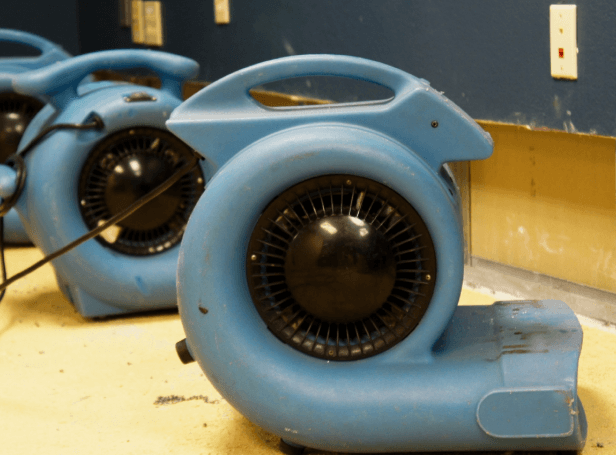
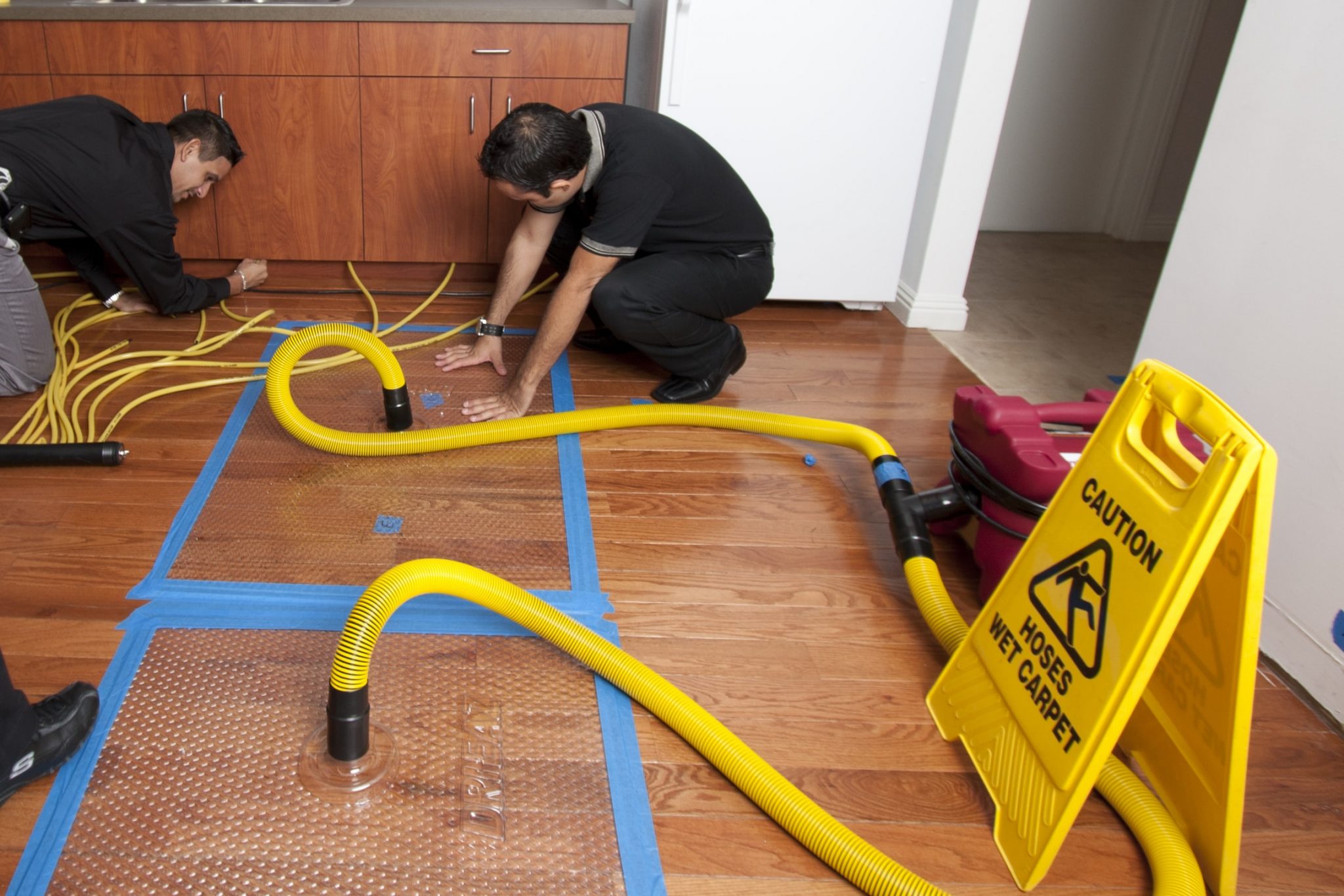
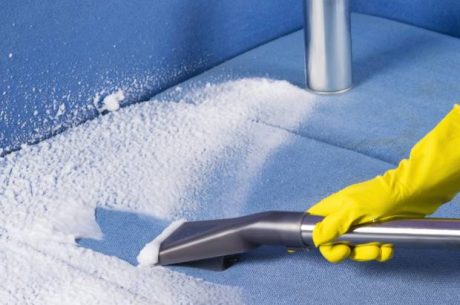
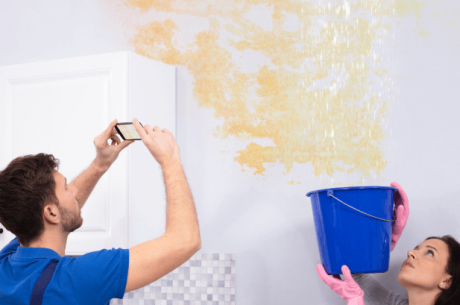
 PuroClean of West Phoenix
PuroClean of West Phoenix